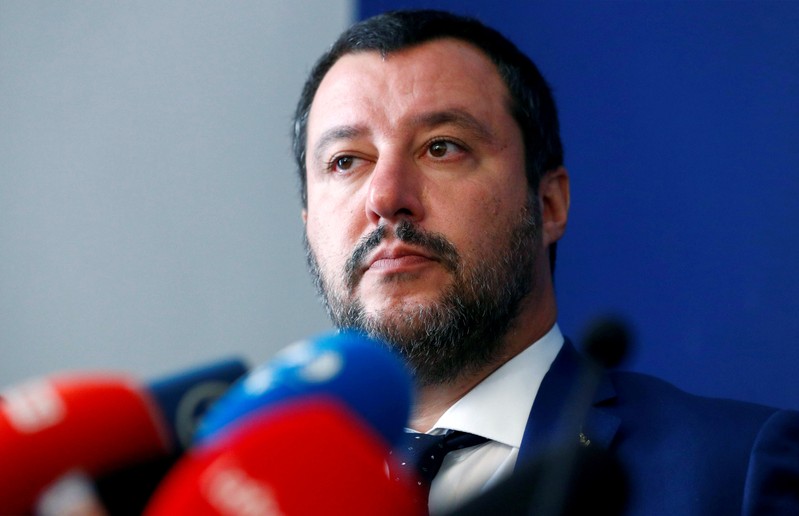
Logo of Swiss PostFinance bank is seen at a branch in Zurich, Switzerland November 8, 2016. REUTERS/Arnd Wiegmann
November 21, 2018
ZURICH (Reuters) – Switzerland’s three biggest domestically focused banks -Postfinance, Raiffeisen Switzerland and Zuercher Kantonalbank – must hold capital against their possible restructuring or winding up in the event of a crisis, the government said on Wednesday.
The banks must meet so-called ‘gone concern’ capital requirements from Jan. 1, 2019, the Swiss cabinet said, adding that it would decide next year on the corresponding requirements for the country’s two largest banks, Credit Suisse <CSGN.S> and UBS <UBSG.S>.
Zuercher Kantonalbank said it already met the additional capital requirements. Postfinance and Raiffeisen were not immediately available for comment.
Gone concern capital requirements are intended to ensure that a bank in difficulty can be restructured and wound up in an orderly manner without financial assistance from the state.
Last year the government flagged its intentions to tighten capital rules on the country’s three most important domestic-focused lenders to protect its financial system in the event of a crisis.
The changes announced on Wednesday will mean the three banks must hold additional cumulative capital of around 2.8 billion Swiss francs ($2.8 billion) under certain conditions, including using their current excess capital and covering their needs with so-called tier 1 – or core – capital.
The maximum cumulative capital requirement could otherwise amount to 10 billion Swiss francs.
“Thanks to its exceptionally solid capital position, Zuercher Kantonalbank already exceeds the additional gone-concern capital requirements for domestic-focused systemically relevant banks,” Zuercher Kantonalbank said.
Raiffeisen said last year that it could live with the government’s proposal and build up its so-called total loss-absorption capacity capital buffers during a transition period.
(Reporting by Brenna Hughes Neghaiwi and John Revill; additional reporting by Angelika Gruber; Editing by Jan Harvey and Susan Fenton)

